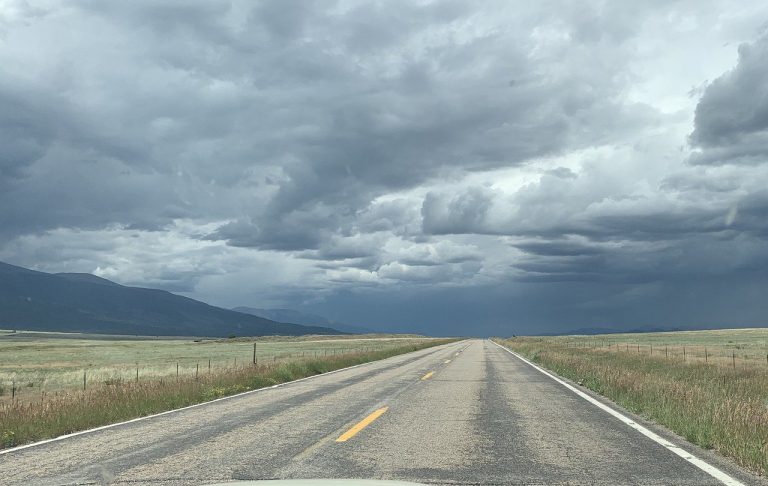URBANA – During the first three months of the pandemic, the number of U.S. adults dying increased compared to previous years, according to a recent study led by University of Illinois researchers involving data from the U.S. Centers for Disease Control and Prevention.
The statistically significant increase in deaths remained even after deaths attributed to COVID-19 were removed from the data. The trend holds for women, age 25 to 44, and men, age 15 to 54.
The study is published in the journal Public Health.
The findings suggest the pandemic is causing ancillary deaths, which are not directly caused by the coronavirus but are a consequence of the changes that have occurred as a result of the pandemic.
Internal medicine professor Janet Jokela and computer science professor Sheldon Jacobson conducted the research.
The study did not examine what is causing the uptick in deaths, but Jokela says she suspects it could be the result of patients delaying treatment for other conditions — like cancer or heart disease — or people not getting help for mental health issues or addiction.
“We’ve documented that this occurs,” she says. “I think it’s imperative that more research is done to try to understand why this is happening.”
One surprising finding: females between the ages of 5 and 14 saw a decrease in deaths. Jacobson says this can be explained by recognizing that accidents are one of the leading causes of death for that demographic — so the stay-at-home orders that took effect in the spring seems to have had a protective effect on young girls.
Jacobson says the findings suggest COVID-19 is not just a public health issue but a societal issue affecting all aspects of life, including the economy, education, manufacturing, services.
“And as a result of that, when you have such a large entity as our nation being shifted with an event like COVID-19, there are going to be unintended consequences,” he says. “And some of these are showing up in fatalities.”
Jacobson says we may never know the true explanation for these excess deaths.
“But as time goes on — and we collect more data and analyze it — we will hopefully be able to tease out some of these insights,” he says.
Jacobson and Sheldon say their findings are consistent with a recent CDC analysis, which determined nearly 200,000 more Americans died between late January through early October of 2020 compared to the same timeframe in 2019.
The CDC’s report finds the largest percentage increases were seen among adults aged 25 to 44 and among Hispanic or Latino people.
Christine Herman is a reporter for Illinois Newsroom. Follow her on Twitter: @CTHerman

